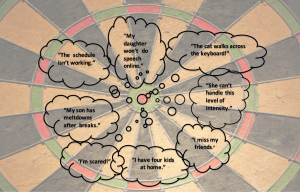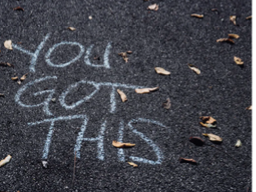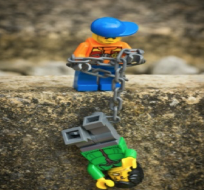Never negotiable.
Date: April 14, 2024
Time: 5 am
Setting: Edmonton International Airport
Characters: USA Customs Border Patrol Agents (CBPs) and Toby J. Karten
Plot: Airport Tension
Resolution: Stay positive, despite the absurdities of realities created by others.
While returning to the United States from speaking at the Inclusion Alberta Family Conference, for a keynote, Designing Instruction in Inclusive Classrooms, a series of events unfolded that I never expected, requested, understood, nor welcomed. I was delighted to collaborate with my neighbors to the north to spread the word that “Inclusion, is not a policy, nor a program, but a way of life.” However, I was far from delighted to receive special attention upon my return to the states.
Before I share more details, I will begin with conference affirmations and some of the take aways. This list mirrors the 3-columned chart labeled, Activity, Rationale, and Application from the professional development.
a. To quote philosopher and educator, John Dewey, “We learn by experiences.”
b. Positivity prevails. That oozed from the coordinators, families, students, and professionals, I met throughout the events I attended and facilitated.
c. Inspired attendees, like Roy, soaked up the knowledge with queries, applications, smiles, and collaborations with other educators, families, and coordinators.
d. Together, we defined how exceptionality never caps potential.
e. Students with intellectual differences, learn but not the same way. Therefore, we acknowledge challenges with solutions.
f. As professionals and families, we collaboratively spin the challenges, negativity, and misunderstandings into positive actions.
g. Hence, we set goals on how to reach and teach as educators and families as we adapt, collaborate, plan, prepare, and “front-load” to ensure that each student, family member, professional, and community partner reflects on how to collaboratively reach his, her, or their destinations with the supports he, she, or they need, despite barriers presented by others.
Okay, back to the setting of this blog, Edmonton International Airport. New Jersey was my destination and supports to get there were elusive and befuddling. At 5 am that Sunday morning, I was exhausted, exhilarated, and anxious. To give the situation additional context, there were airstrikes from Iran in Israel less than 24 hours prior to my flight, so airport scrutiny was heightened.
The plot thickened when a barrier was presented, I was selected for a special search and body frisk. Seems that sleeved positive affirmation chips in my carry on that I shared with attendees in a session, “Take Care of That Person in the Mirror: Take Five to Achieve Ten” set off additional scrutiny. Sidebar, laminated guides, Mindfulness in the Inclusive Classroom, arrived at the conference three days after I arrived back home. They spent unplanned time with customs, too. I thought my computer connections and a few wires triggered the additional search, but the Customs Agent in Canada, shared, “Nope. Here’s the reason. It’s these chips.” Seriously? I think that defines irony.
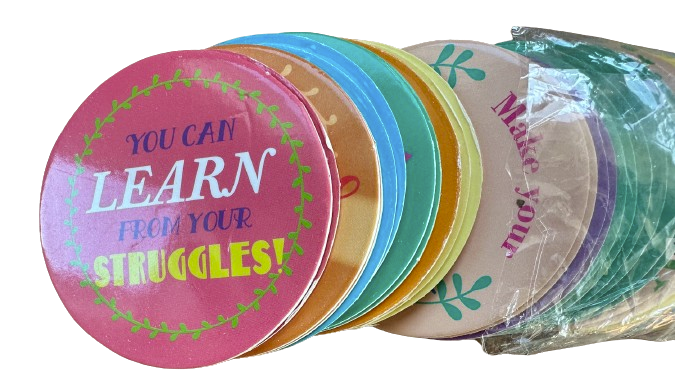
Okay, to quote a Gloria Gaynor song title, I thought, “I Will Survive.” I rearranged the items in my carry on that were scattered in pale gray bins. The nice Canadian agent offered to help, but I knew what system of scattered items worked best for me. After a three hour night’s ‘s sleep, I desperately wanted to sink into a seat by the gate and either doze until the plane boarded for my connection in Denver to return to my home in New Jersey or perhaps capitalize on my adrenaline level and tweak the online presentation I had scheduled two days later,
The next step was US Customs in Canada. “No problemo,” is what I thought. Empowered with my Global Entry card, I happily stood on the “shorter line” to ease through CA-US customs. I even offered help to another sleepy passenger who stood on the wrong line. Then I heard, “You to Line 8.” Well, that’s not Global Entry. Staying positive, I thought, maybe they are assisting folks on the Global Entry line to help them move quicker. Not the case.
The US Customs Border Patrol agent at Line 8 queried:
“State the purpose of your visit.”
“I was here for a conference, sir,” I replied.
When did you get here?”
“Wednesday,” I replied.
“Where did you stay?”
“Fantasyland Hotel.”
The CBP agent searched my bag again, confiscated my global entry, passport, and boarding pass and led me through closed doors, away from the departure gates that like the name of the hotel where I stayed in Canada, quickly became a mirage. I then sat on a hard plastic chair in a barrenly decorated room with thirty other sleepy looking folks who had bewildered looks in their eyes that screamed, “Oh, Auntie, Em!” As a visual learner, I gazed at the signs posted. They were not ones that generated a warm or fuzzy feeling.
“No cell phones allowed.”
“No one beyond this point.”
“Stay seated, until you are called.”
What could I do, but wait and of course try to sneak a text to my husband, just in case I was detained in a customs holding cell. Maybe it was the early hour or my naiveté, but I could not define nor understand what the heck was happening. “This is Canada,” I said to myself. “I am a US citizen.” Well, to shorten this blog, one hour later, after questioning that inquired if I was really Toby, a university professor, and if I was traveling with others ( a gentleman walked up to the counter bc he thought his name was called), I boarded my plane.
Take aways:
a. Step-by-step we get to where we need to go.
b. Sometimes we encounter the unexpected, but with resiliency, perseverance, and positivity, we arrive at planned destinations.
c. I loved meeting everyone at Inclusion Alberta. Enjoy the PD applications.
d. Positive affirmations prevail.
e Namaste.


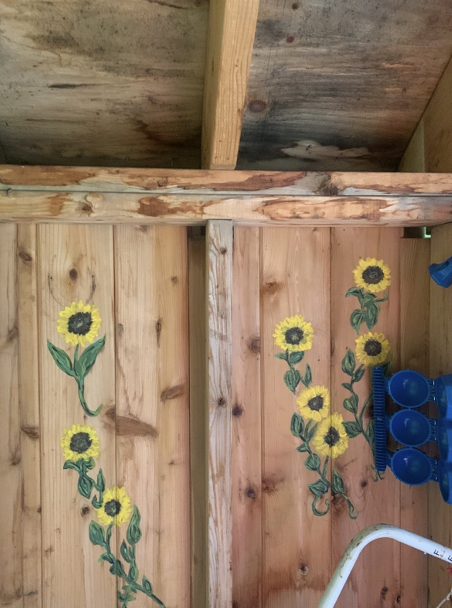
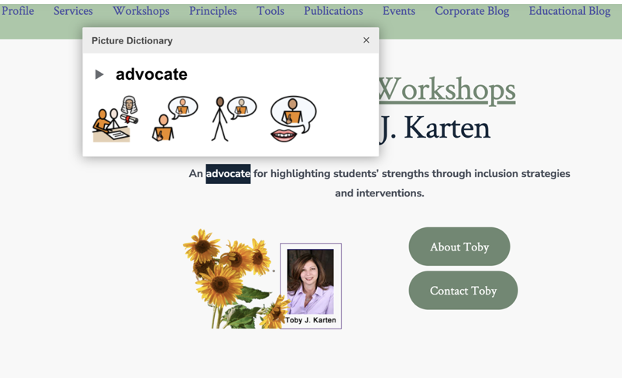


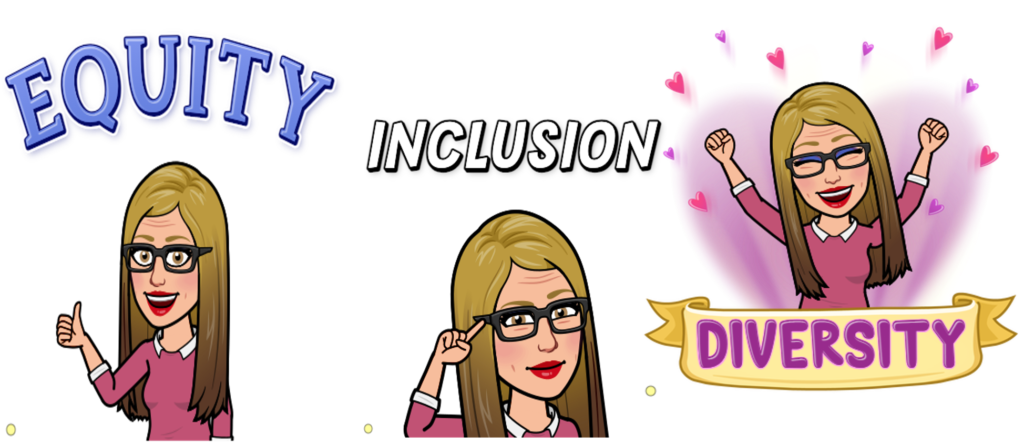


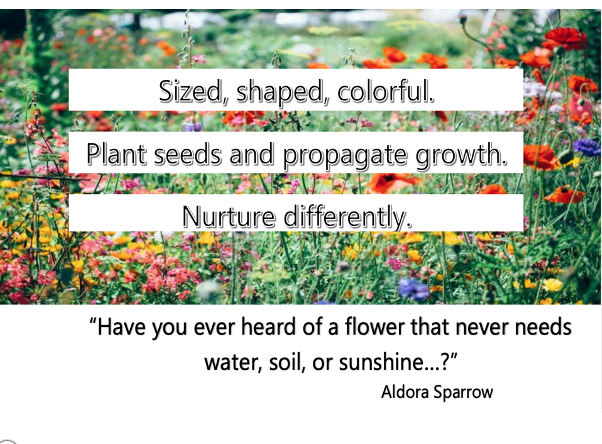
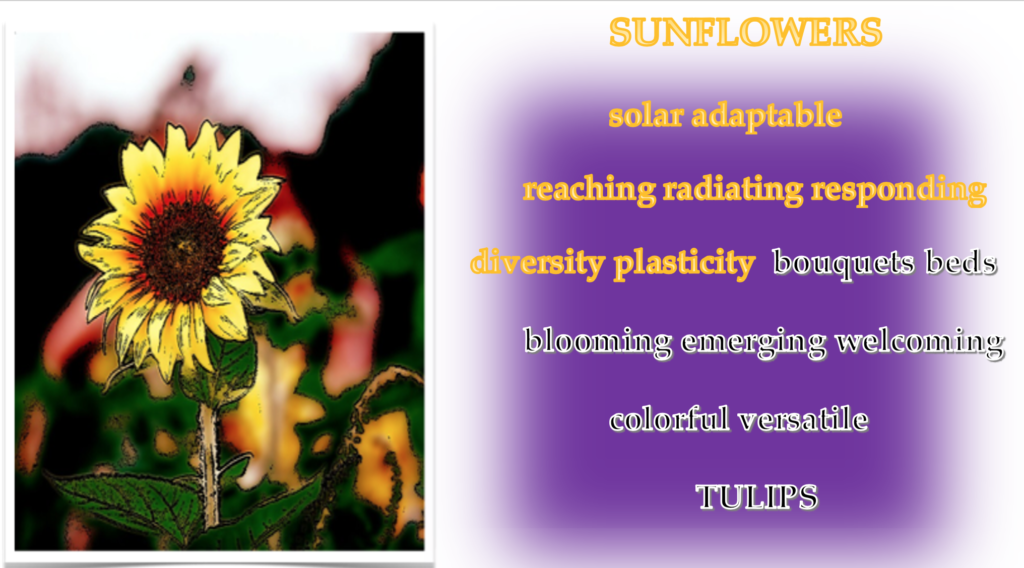
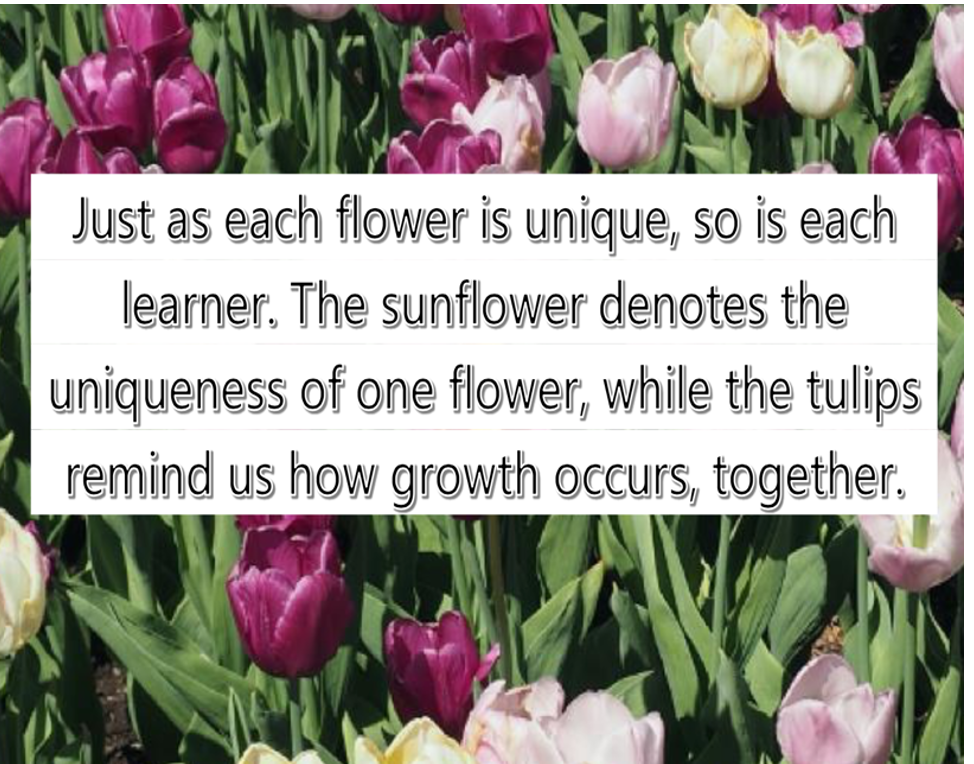
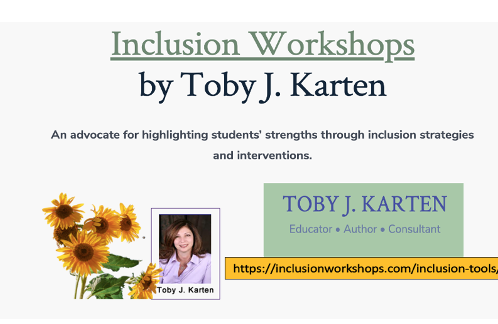

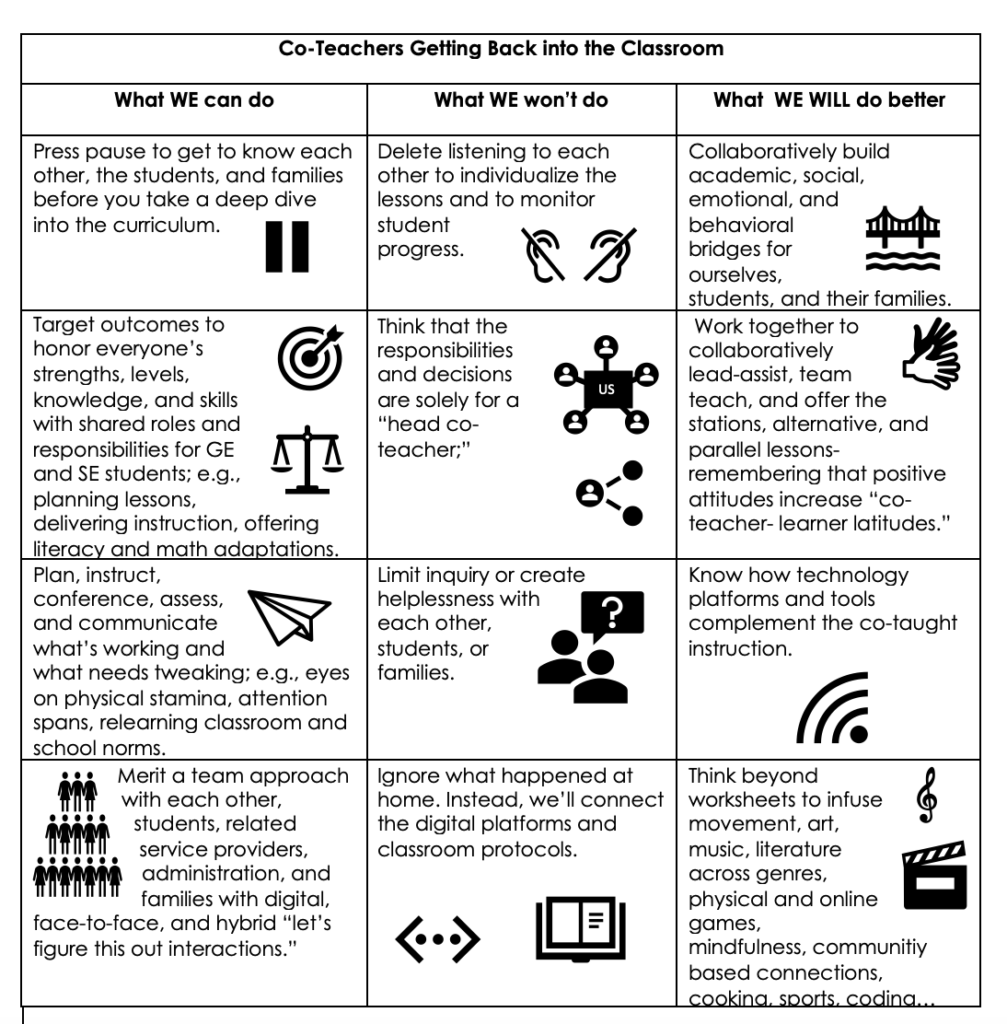
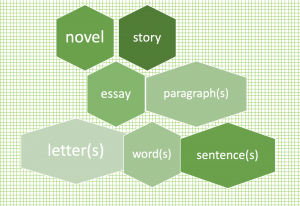
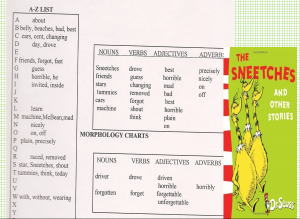
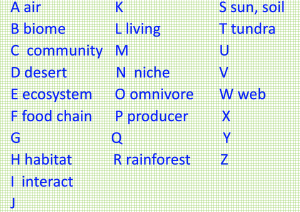
 It’s easy to complain, shake heads in disbelief, and be sad when presented with the unknown. Been there, done that! As I watch the daily news briefings and venture outside wearing a mask and Latex gloves to walk the dog, I could easily be consumed by frustration, sadness, anxiety, and uncertainty. However, when I notice the geese hanging out in the river and the kids who scoot by on the walkway riding their bikes, I am reminded that we live in a beautiful world. Although we don’t always choose personal and professional events, let’s collectively see beyond the pitfalls and uncertainties and find the time to “celebrate the successes.”
It’s easy to complain, shake heads in disbelief, and be sad when presented with the unknown. Been there, done that! As I watch the daily news briefings and venture outside wearing a mask and Latex gloves to walk the dog, I could easily be consumed by frustration, sadness, anxiety, and uncertainty. However, when I notice the geese hanging out in the river and the kids who scoot by on the walkway riding their bikes, I am reminded that we live in a beautiful world. Although we don’t always choose personal and professional events, let’s collectively see beyond the pitfalls and uncertainties and find the time to “celebrate the successes.”


